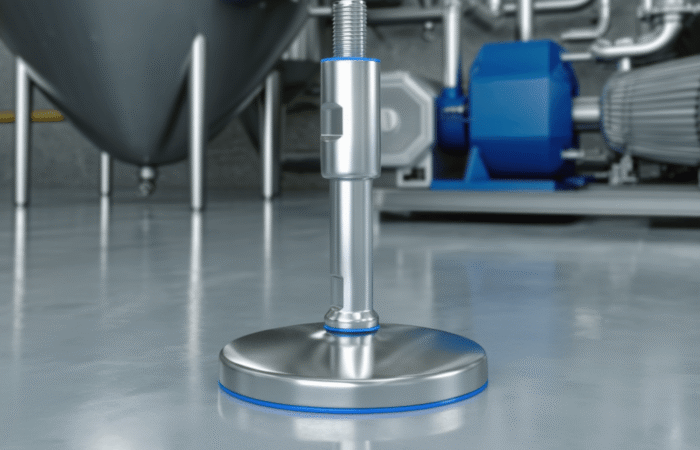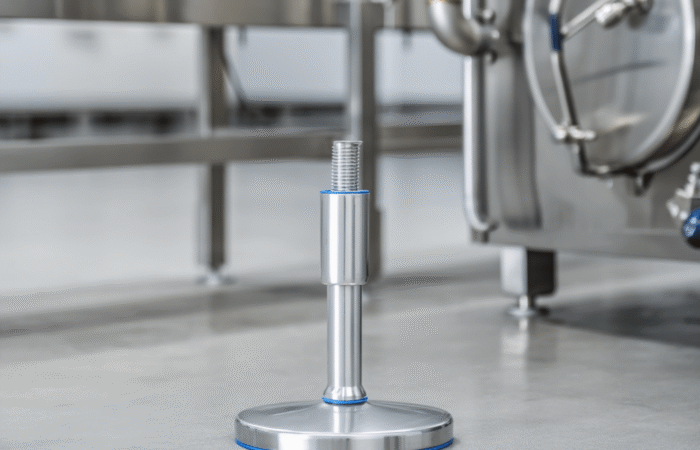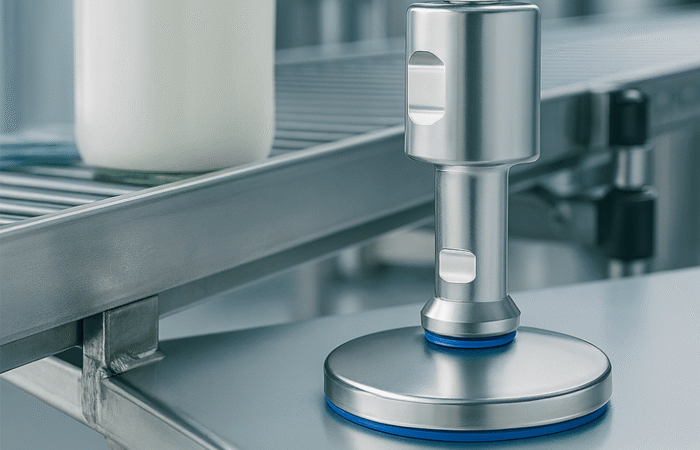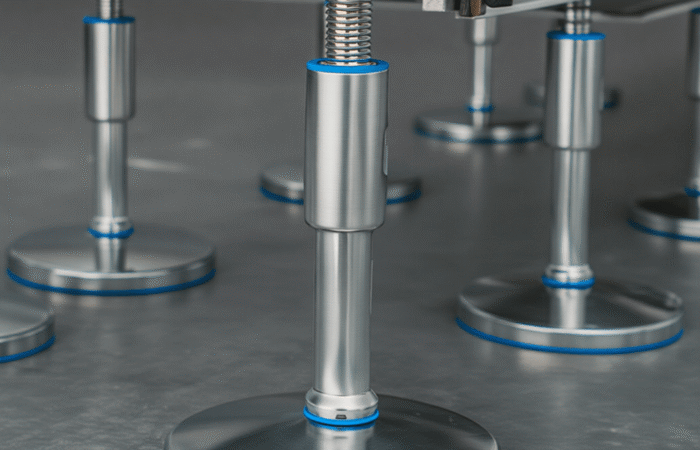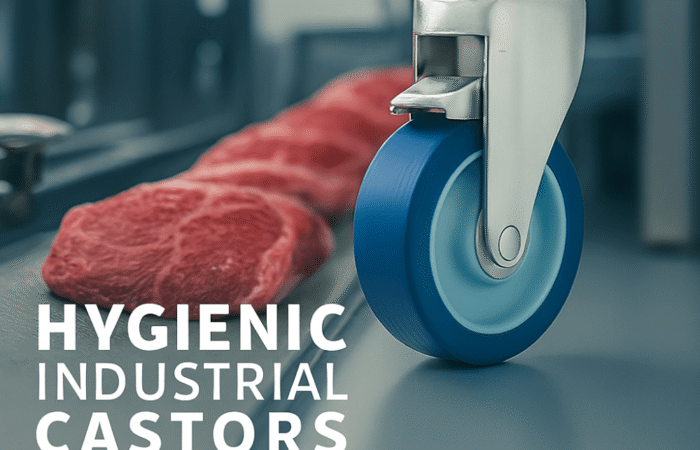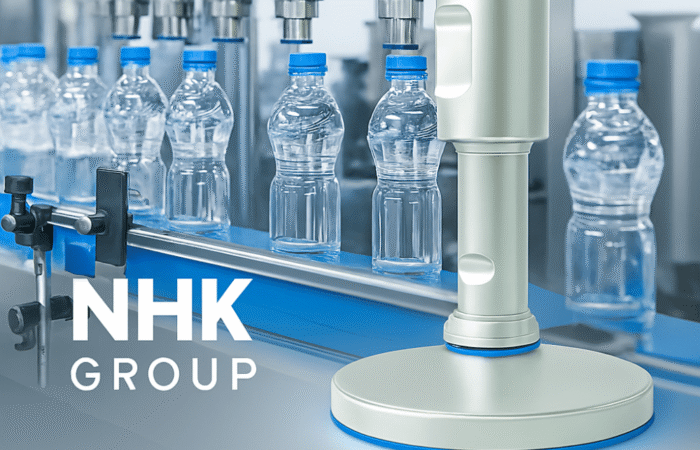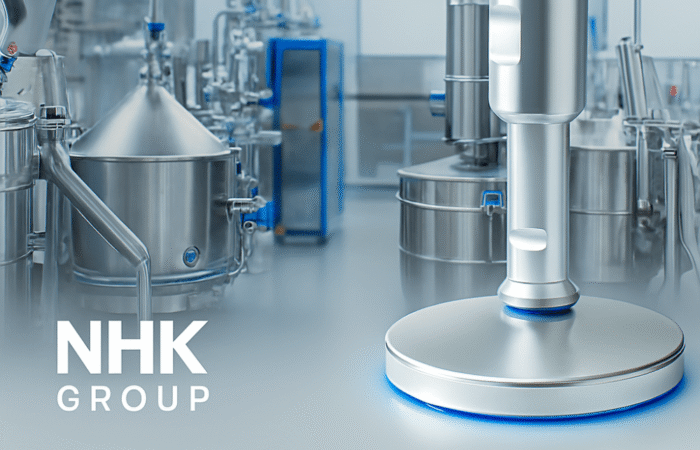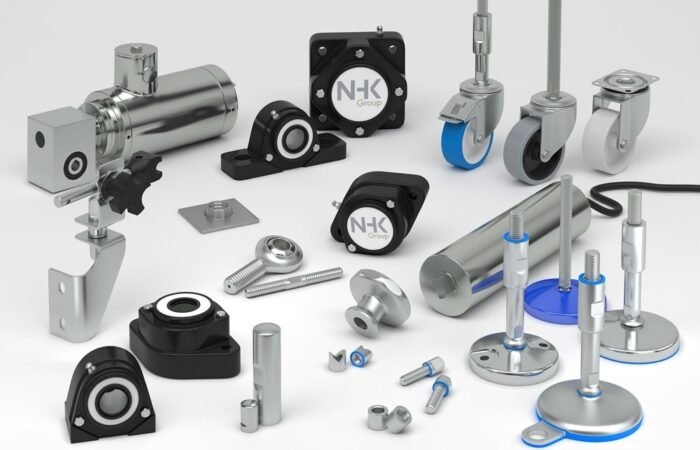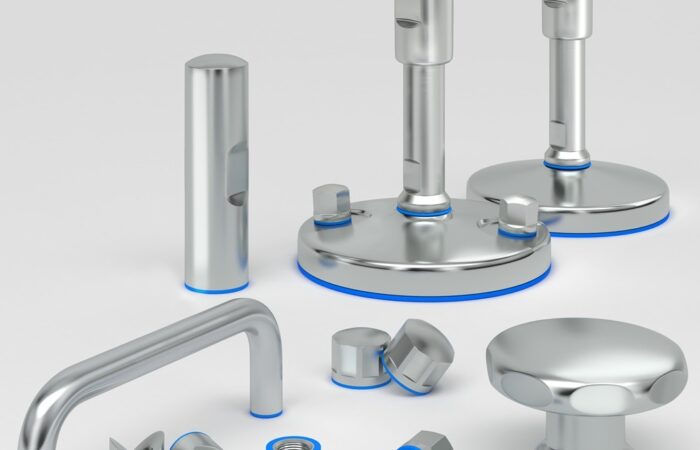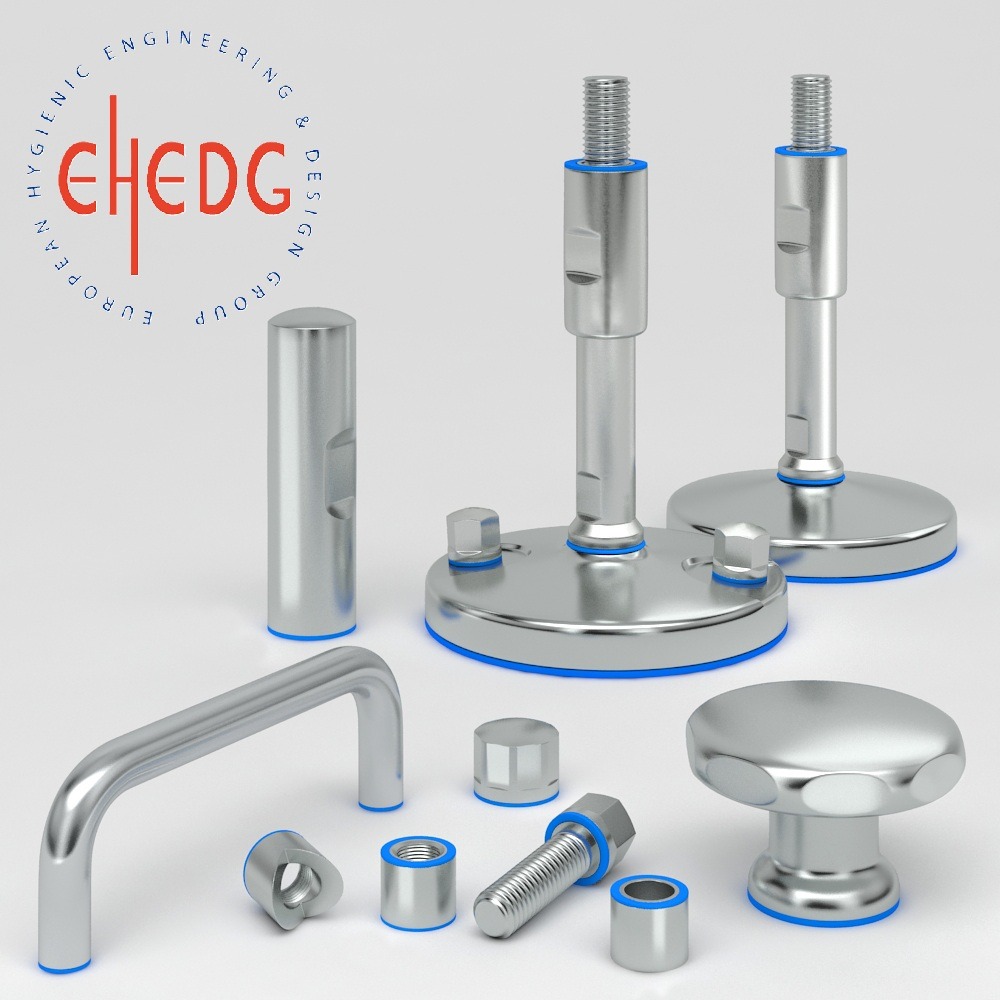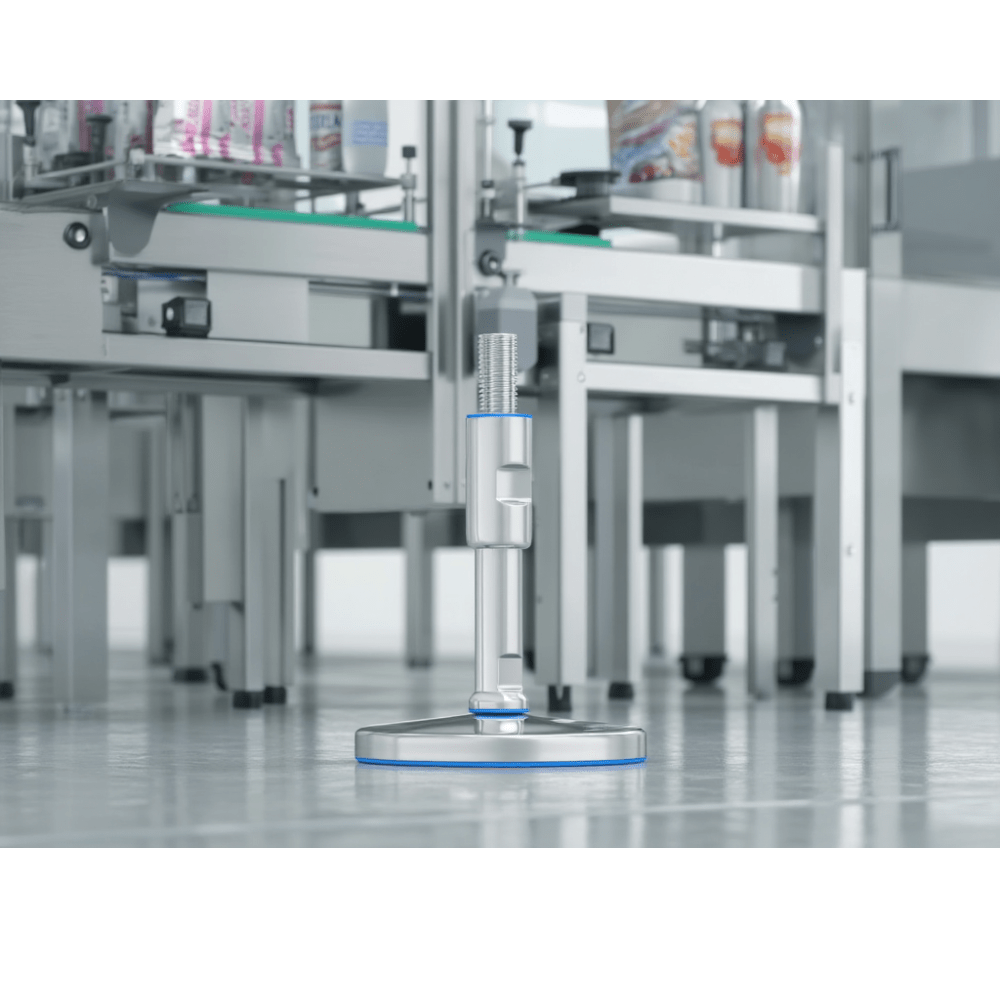
Ensuring Sustainable Development and Growth
In the modern food and pharmaceutical industries, hygiene and safety are paramount. The European Hygienic Engineering and Design Group (EHEDG) and 3-A Sanitary Standards Inc. (3-A SSI) are two leading organizations that set standards for equipment design to promote cleanliness and safety. These standards are crucial for ensuring sustainable development and growth in these industries, as they help manufacturers produce safer and more reliable products. This article will delve into the significance of EHEDG and 3-A SSI certifications and how they contribute to sustainability and industry growth. The European Hygienic Engineering and Design Group (EHEDG) is a consortium of equipment manufacturers, food industries, research institutes, and public health authorities. Established in 1989, EHEDG aims to improve hygiene during the processing and packaging of food products. It provides guidelines and certification for equipment that meet stringent hygienic design standards. The certification ensures that equipment is easy to clean, minimizes the risk of contamination, and promotes food safety. 3-A Sanitary Standards Inc. (3-A SSI) is an American organization that develops standards for sanitary equipment design. Founded in the 1920s, 3-A SSI focuses on advancing hygienic design in the food, beverage, and pharmaceutical industries. The 3-A SSI certification is widely recognized in the United States and globally, ensuring equipment meets strict hygienic and safety requirements. It emphasizes cleanability, sterilizability, and the prevention of bacterial growth, making it essential for maintaining high sanitation levels in food processing. Hygienic design is crucial in the food and pharmaceutical industries to prevent contamination and ensure product safety. Poorly designed equipment can harbor bacteria, leading to product recalls and safety hazards. EHEDG and 3-A SSI certifications guarantee that equipment meets high standards of hygiene, reducing the risk of contamination and ensuring consumer safety. This focus on hygiene also aligns with global sustainability goals, as it minimizes waste and promotes efficient resource use. Sustainability is a growing concern in the global economy, with industries striving to reduce their environmental impact. EHEDG and 3-A SSI certifications play a crucial role in promoting sustainable practices in the food and pharmaceutical sectors. As the food and pharmaceutical industries continue to evolve, the importance of hygienic design standards will only grow. With increasing consumer awareness and regulatory scrutiny, companies must prioritize hygiene and safety to remain competitive. EHEDG and 3-A SSI certifications will continue to play a vital role in shaping the future of these industries. EHEDG and 3-A SSI certifications are integral to ensuring hygiene and safety in the food and pharmaceutical industries. By promoting hygienic design, these certifications contribute to sustainable development and economic growth. As industries face increasing demands for safety and sustainability, the role of these certifications will become even more critical. Embracing EHEDG and 3-A SSI standards is not only a regulatory necessity but also a strategic advantage for companies seeking to thrive in a competitive global market. Industrial machinery requires precision-engineered components that meet exacting standards for durability, safety, and performance. This comprehensive guide explores the essential machinery parts that drive modern manufacturing across food processing, packaging, and chemical industries. Understanding the difference between Pillow Block Units and Flange Bearings is crucial for engineers and procurement professionals seeking to optimize equipment longevity. Pillow block bearings, also known as plummer blocks, are self-aligning bearing units that simplify installation and significantly reduce maintenance costs. These versatile components mount on machine frames and support rotating shafts with exceptional precision, ensuring smooth operation in demanding industrial environments. Flange bearing units offer a more compact alternative, featuring integrated flanges that enable direct mounting to flat surfaces without additional hardware. Both designs come in various materials, including stainless steel grades optimized for corrosive environments and food-grade applications where hygiene is paramount. The importance of material selection cannot be overstated in machinery design. 440 Grade Steel and 420 grades offer distinctly different properties suited to specific applications and environmental conditions. The 440 stainless steel variant provides superior hardness and exceptional edge retention, making it ideal for cutting tools and high-wear applications requiring maximum durability. Meanwhile, 420 stainless steel offers better corrosion resistance and is preferred in food processing equipment where chemical exposure is common. Hygienic stainless steel components have become essential in food machinery, meeting EHEDG standards and facilitating rapid equipment cleaning required in modern food production facilities. Understanding ingress protection ratings is equally critical for machinery durability and operational reliability. IP67 rating ensures protection against dust and temporary water immersion, while IP68 rating provides complete dust protection and sustained water immersion capabilities for submerged operations. The IP69K standard represents the highest protection level, specifically designed for high-pressure wash-down environments found in industrial food processing facilities. These ratings define how effectively machinery components withstand environmental challenges and maintain performance. Modern industrial facilities increasingly demand equipment that combines high performance with ease of maintenance and sanitation. The choice between different bearing types depends on operational requirements, environmental conditions, and budget constraints. Proper component selection ensures extended equipment lifespan, reduced downtime, and improved operational efficiency.EHEDG and 3-A SSI Certified Components and Parts
Understanding EHEDG and 3-A SSI Certifications
What is EHEDG?
What is 3-A SSI?
The Importance of Hygienic Design in the Food and Pharmaceutical Industries
Benefits of EHEDG and 3-A SSI Certifications
EHEDG and 3-A SSI: Driving Sustainable Development
Reducing Environmental Impact
Promoting Economic Growth
The Future of Hygienic Design Standards
Trends Shaping the Future
Sustainable development and growth

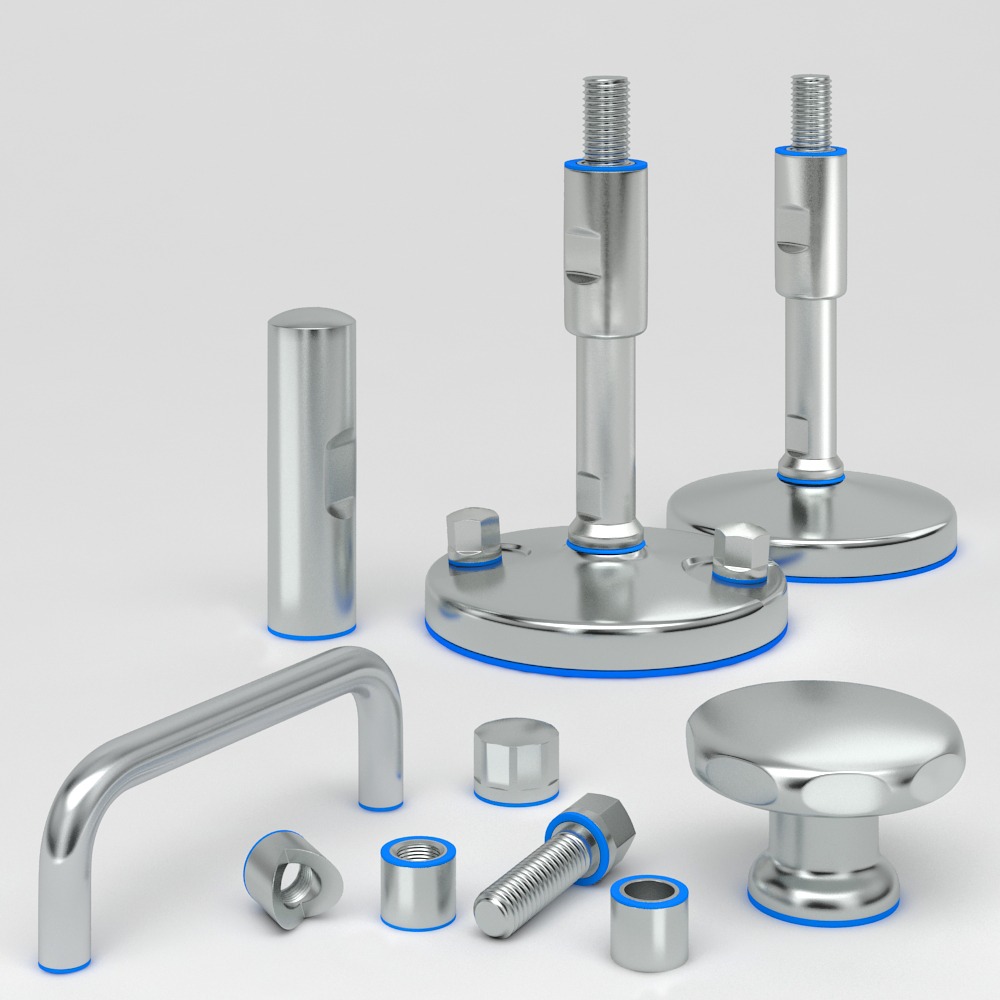
Contact
Understanding Machinery Components & Protection Standards


